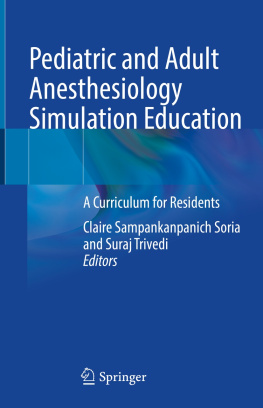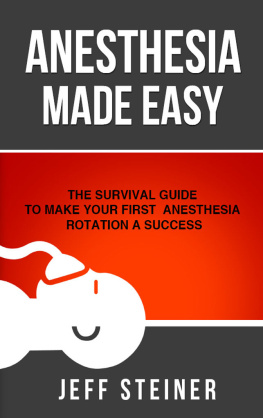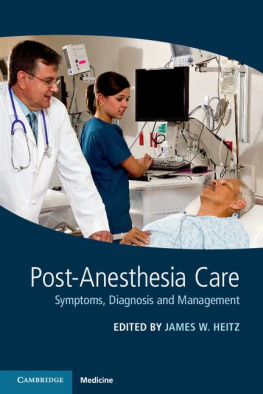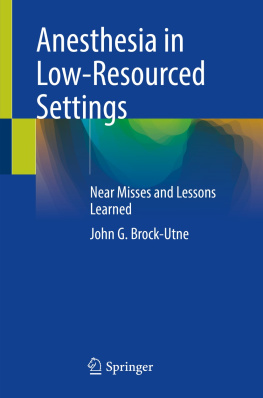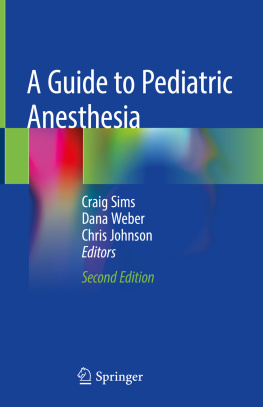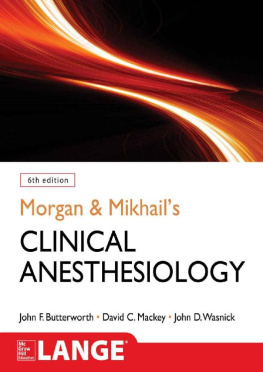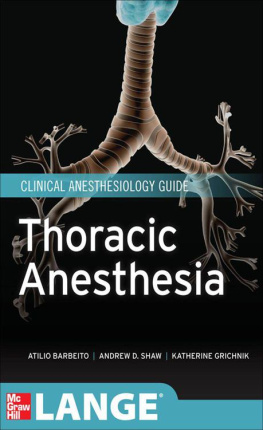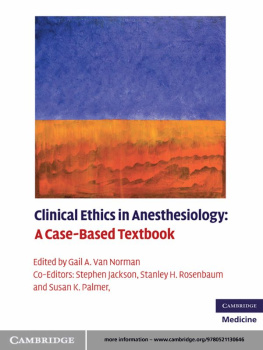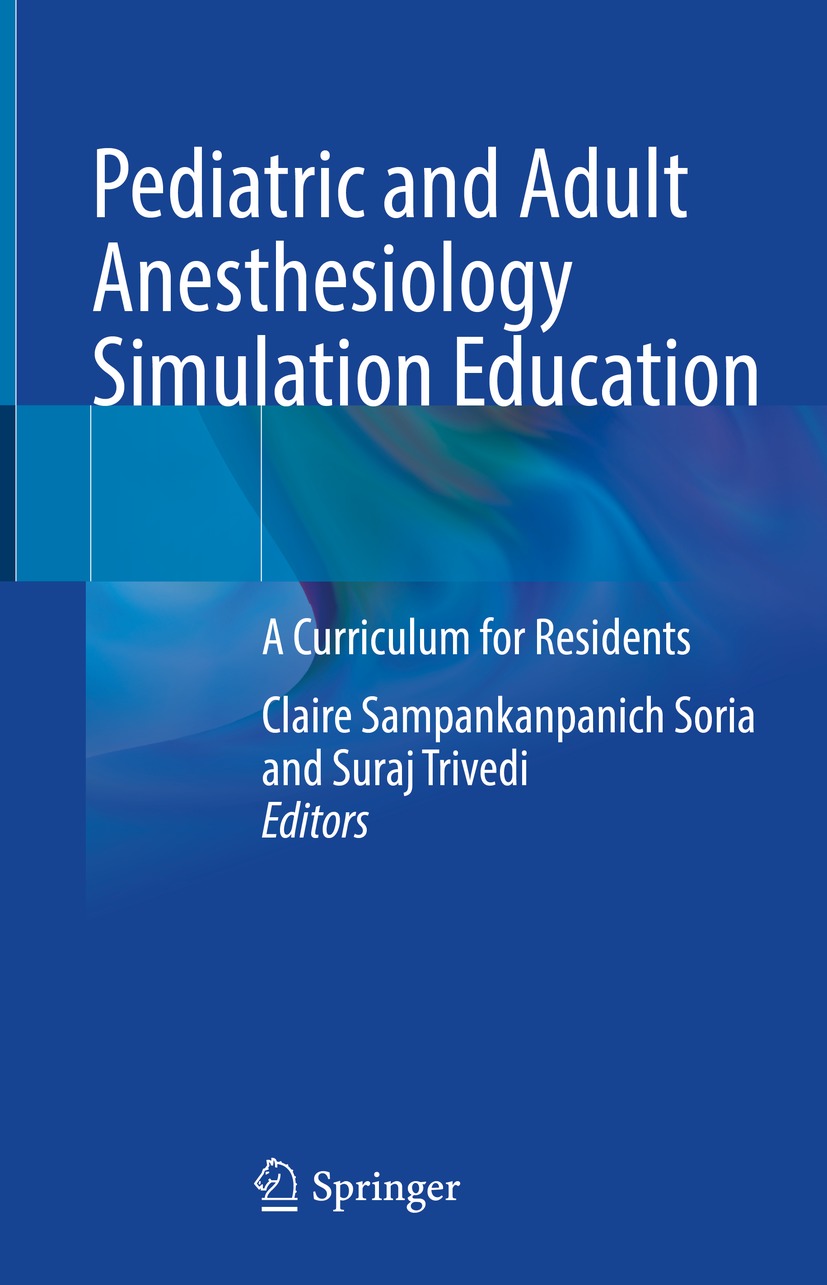Editors
Claire Sampankanpanich Soria
University of California, San Diego Medical Center, San Diego, CA, USA
Suraj Trivedi
University of California, San Diego Medical Center, San Diego, CA, USA
ISBN 978-3-030-95337-9 e-ISBN 978-3-030-95338-6
https://doi.org/10.1007/978-3-030-95338-6
The Editor(s) (if applicable) and The Author(s), under exclusive license to Springer Nature Switzerland AG 2022
This work is subject to copyright. All rights are solely and exclusively licensed by the Publisher, whether the whole or part of the material is concerned, specifically the rights of translation, reprinting, reuse of illustrations, recitation, broadcasting, reproduction on microfilms or in any other physical way, and transmission or information storage and retrieval, electronic adaptation, computer software, or by similar or dissimilar methodology now known or hereafter developed.
The use of general descriptive names, registered names, trademarks, service marks, etc. in this publication does not imply, even in the absence of a specific statement, that such names are exempt from the relevant protective laws and regulations and therefore free for general use.
The publisher, the authors and the editors are safe to assume that the advice and information in this book are believed to be true and accurate at the date of publication. Neither the publisher nor the authors or the editors give a warranty, expressed or implied, with respect to the material contained herein or for any errors or omissions that may have been made. The publisher remains neutral with regard to jurisdictional claims in published maps and institutional affiliations.
This Springer imprint is published by the registered company Springer Nature Switzerland AG
The registered company address is: Gewerbestrasse 11, 6330 Cham, Switzerland
Preface
Welcome to Pediatric and Adult Anesthesiology Simulation Education: A Curriculum for Anesthesiology Residents. We decided to write this book after creating a new simulation curriculum at the University of California San Diego for our anesthesiology residents. As we created various adult and pediatric simulation cases, we realized we could share our cases and help other programs either upgrade their current list of simulation cases or start a new simulation program. We specifically included pediatric case examples as these can be difficult to find.
The operating room environment has become more complex with technological innovations. Successful outcomes depend on how well surgeons, anesthesiologists, nurses, and techs collaborate and work together as a team. In the style of the dynamic and fast-paced environment of the operating room, simulation training provides a safe, interactive, and educational platform where anesthesia residents and staff can enhance team performance.
The field of anesthesia has been a pioneer in the introduction of medical simulation into medical education and training. The field of anesthesia is a hands-on specialty that requires dexterity and proficiency with important technical skills such as advanced airway management, vascular access, neuraxial, and regional blocks [1]. Although the predominate use of simulation in anesthesia is to educate providers in crisis management, it is also used to teach routine management and refresh skills [2].
We believe this book is unique because of the breadth of specialties covered, including pediatric anesthesia. Pediatric anesthesia is a unique subspecialty within the field of anesthesiology, with nuances due to variations in physiology and anatomy, as well as the potential for congenital diseases and syndromes not encountered in daily practice of adult anesthesia. Our hope is that by providing a balance of adult and pediatric anesthesia, this book can help anesthesiologists refresh their knowledge and understanding of pediatric anesthesia and provide learners with an appreciation for the subtleties and delicate care that must be given to pediatric patients.
This book is designed to be used by both academic programs and private practice groups. We have divided the chapters into case-based formats with each chapter containing a scenario layout, useful equipment, major teaching points for an after-simulation debrief, and a learner evaluation form. This tiered education method will assist learners in working though essential team-building skills, increasing their knowledge base, and finally having concrete items in which to further their professional skills.
Each chapter starts with a learning objective. The goals of the simulation are made clear to the learner and the educator. A sample simulator environment setup is then listed, with equipment, medications, and mannequin setup. Epps et al. has provided a list of mannequin-based simulation equipment and their setup [2]. We list equipment that we recommend for the specific simulation case. However, we do understand that depending on program preferences not every item may be available. Generally, standard anesthesia airway supplies are readily available, and larger, more specialized items such as defibrillator equipment can be either specially acquired or improvised. We use the SimMan 3G plus (Laerdal) mannequin which enables us to remotely change vital signs and physical exam findings and allows learners to practice procedures such as intubations and intravenous line placement. However, an advanced mannequin or simulation lab is not a requirement to run a successful simulation program, and often all that is required is a little creativity and understanding.
Each chapter presents the simulation case before launching into the case progression, detailing how the simulated patients vital signs, physical exam findings, and clinical picture change over the course of the simulation. There are several pathways presented to the educator depending on what clinical choices the learner makes. Each chapter has a master checklist of items the learner should accomplish during the course of the simulation. We encourage educators to gently assist learners in achieving these goals as these can be used for critical feedback at the end of a simulation session. We close each chapter with a section summary and important teaching points. In addition to the goals list, these often provide valuable educational experiences to the learner.
References
1. Green M, Tariq R, Green P. Improving patient safety through simulation training in anesthesiology: where are we? Anesthesiol Res Pract. 2016;2016. doi:10.1155/2016/4237523.
2. Epps C, White ML, Tofil N. Mannequin based simulators. In: The comprehensive textbook of healthcare simulation. Springer, New York; 2013:209232. doi:10.1007/978-1-4614-5993-4_15.
Claire Sampankanpanich Soria
Suraj Trivedi
San Diego, CA, USA San Diego, CA, USA

